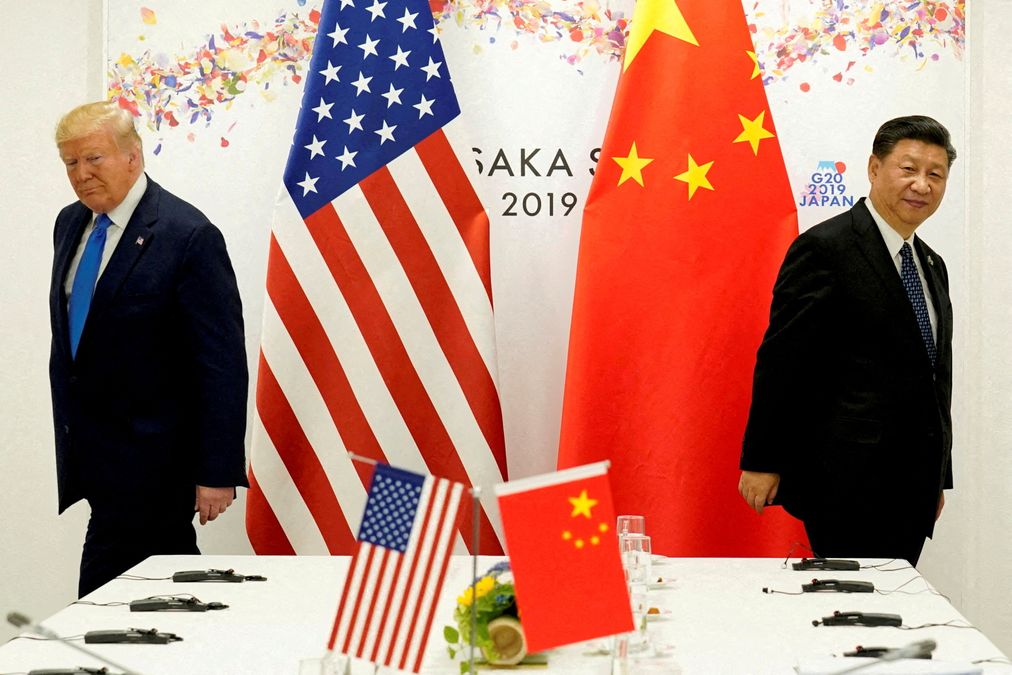
Will weekend Geneva meet tackle tariff deadlock?
The stage is set for a high-stakes round of trade negotiations between the United States and China this weekend, with officials from both sides arriving in Geneva for what could be a turning point in their long-running tariff war.
Slated to begin on May 10, the talks come at a time of deepening economic friction—friction that’s rattled global supply chains, commodity markets, and investor confidence. According to Reuters, US Treasury Secretary Scott Bessent and Trade Representative Jamieson Greer will lead the American delegation, while China’s Vice Premier He Lifeng will represent Beijing.
This is the first formal engagement between the two powers since Donald Trump returned to the White House, making it a critical moment for both bilateral relations and the broader global economy.
Why Geneva?
According to Bloomberg, Geneva was chosen to underscore neutrality and multilateralism. The city is home to the World Trade Organization (WTO) and has historically served as a venue for tense international negotiations. For Washington and Beijing, it offers diplomatic cover, toning down the nationalism that’s often flared in meetings held in their own capitals.
Backdrop: The tariff tussle
Tensions flared in April 2025 when President Trump imposed a 145 per cent tariff on Chinese imports, citing national security and trade imbalances. Beijing responded swiftly with 125 per cent tariffs on US goods, sending bilateral trade into a nosedive.
Despite the harsh rhetoric, there’s still interest in dialogue. China’s Ministry of Commerce said it is “evaluating” the US outreach but pushed back against “pressure tactics.” On May 5, spokesperson He Yongqian made Beijing’s stance clear: “Pressure, threats, and blackmail are not the way to deal with China. We hope the two countries will meet halfway and resolve differences through dialogue, based on mutual respect and win-win cooperation.”
Beijing has also reiterated that it’s ready to “fight to the end” if provoked. But even as it talks tough, China is bolstering its domestic economy to withstand the pressure—encouraging foreign firms to tap into its massive local market and boosting domestic consumption.
Impact of the trade war
The tariff war is no longer just diplomatic theater—it’s biting into real economies.
In China, the services sector—a major employer and a barometer of consumer confidence—is faltering. As reported by Reuters, the Caixin/S&P Global Services PMI slipped to 50.7 in April 2025 from 51.9 in March, while the official PMI dropped to 50.1 from 50.3. Both figures signal slowing growth. With nearly 50 per cent of China’s workforce in services, this deceleration raises red flags.
Trade data adds to the concern. According to China’s General Administration of Customs, exports to the US dropped 17.6 per cent from March to April, plunging from $ 40.1 billion to $ 33.0 billion—the lowest in five years. This sharp fall shows how deeply tariffs are cutting into cross-border commerce.
To counter this, the People’s Bank of China (PBOC) has eased monetary policy. China Daily reports the PBOC lowered the seven-day reverse repo rate by 10 basis points to 1.40 per cent and cut the reserve requirement ratio (RRR) by 50 basis points, injecting about 1,000 billion yuan ( $ 138.6 billion) into the economy.
According to data published by China’s General Administration of Customs. China’s exports to the US fell 17.6 per cent month-on-month in April. This comes as Beijing navigates a high-stakes trade war with Washington. While the shipments to the US totalled $33.0 billion last month, falling from $40.1 billion in March.
Meanwhile in the US, the costs of the trade war are also mounting. In March 2025, the US Census Bureau recorded the country’s largest-ever trade deficit: $ 140.5 billion. This spike was largely due to a 4.4 per cent surge in imports, as businesses rushed to stock up on goods—especially pharmaceuticals—before Trump’s tariffs took effect. On the other hand, exports remained flat.
That stockpiling is already backfiring. The US economy shrank by 0.3 per cent in Q1 2025, its first contraction in three years. Economists warn that as inventories are depleted and trade slows, domestic production could suffer and inflation could rise.
Citing this uncertainty, the Federal Reserve on May 7 held interest rates steady at 4.25 to 4.50 per cent. Fed Chair Jerome Powell said the central bank will “monitor the data closely” before making any further moves, highlighting the risk of economic fallout from prolonged





Responses